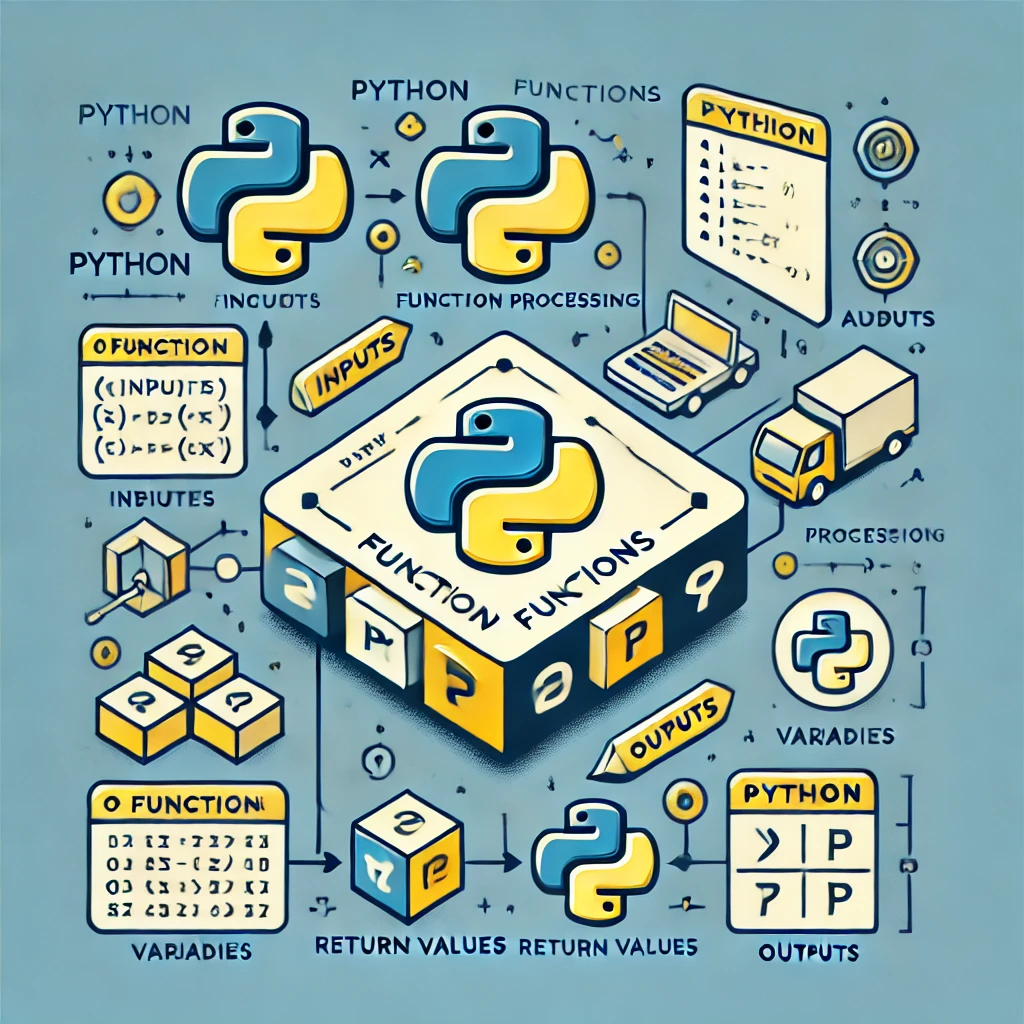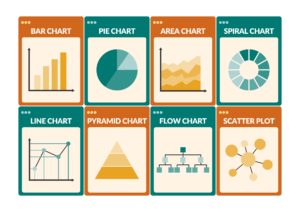Python Functions
Python, as one of the most popular programming languages, is lauded for its simplicity and flexibility. One of the foundational building blocks of Python programming is functions. Functions are crucial for writing efficient, reusable, and organized code. In this blog, we will delve into Python functions, their types, creation, usage, and best practices, all in an easy-to-understand manner.
What is a Function in Python?
A function in Python is a block of reusable code designed to perform a specific task. Functions help modularize code, making it more readable and easier to debug or extend. Instead of repeating the same code multiple times, you can define it once as a function and call it whenever needed.
Benefits of Using Functions:
Code Reusability: Write once, reuse multiple times.
Modularity: Break a large program into smaller, manageable pieces.
Improved Readability: Makes the code easier to understand.
Ease of Maintenance: Modify a function once to reflect changes across all calls.
Built-in Functions in Python
Python provides numerous built-in functions to perform various tasks without requiring user-defined code. Here are some common examples:
len(): Returns the length of a string, list, or other iterable.print(): Outputs data to the console.type(): Returns the type of an object.sum(): Sums elements of an iterable.sorted(): Returns a sorted list.
Example:
numbers = [4, 2, 8, 1]
print(len(numbers)) # Output: 4
print(sorted(numbers)) # Output: [1, 2, 4, 8]
User-Defined Functions
In addition to built-in functions, Python allows users to define their own functions. These user-defined functions start with the keyword def, followed by the function name and parentheses.
def function_name(parameters):
"""Optional docstring explaining the function."""
# Function body
return result
Example:
def greet(name):
"""Greets the user by name."""
return f"Hello, {name}!"
print(greet("Rahul")) # Output: Hello, Rahul!
Types of Functions in Python
No Arguments, No Return Value: These functions neither take inputs nor return outputs.
def greet():
print("Hello, World!")
greet() # Output: Hello, World!
Arguments but No Return Value: These functions take inputs but do not return outputs
def greet(name):
print(f"Hello, {name}!")
greet("Alice") # Output: Hello, Alice!
No Arguments but Return Value: These functions do not take inputs but return outputs
def get_pi():
return 3.14159
print(get_pi()) # Output: 3.14159
Arguments and Return Value: These functions take inputs and return outputs.
def add(a, b):
return a + b
print(add(3, 5)) # Output: 8
Default Arguments in Functions
Python allows setting default values for function parameters. If an argument is not provided during the function call, the default value is used.
Example:
def greet(name="Guest"):
return f"Hello, {name}!"
print(greet()) # Output: Hello, Guest!
print(greet("Rahul")) # Output: Hello, Rahul!
Keyword Arguments
You can pass arguments to functions using their parameter names, regardless of their order
Example:
def display_info(name, age):
print(f"Name: {name}, Age: {age}")
display_info(age=25, name="Rahul")
# Output: Name: Rahul, Age: 25
Variable-Length Arguments
Sometimes, you may need to pass a varying number of arguments to a function. Python supports this with:
*args (Non-keyword Arguments): Used to pass a variable number of positional arguments.
def add(*numbers):
return sum(numbers)
print(add(1, 2, 3)) # Output: 6
**kwargs (Keyword Arguments): Used to pass a variable number of keyword arguments.
def print_details(**details):
for key, value in details.items():
print(f"{key}: {value}")
print_details(name="Rahul", age=25, city="Delhi")
Anonymous Functions: lambda
Lambda functions, also called anonymous functions, are defined using the lambda keyword. These are single-expression functions often used for short-term needs.
Syntax:
lambda arguments: expression
Example:
square = lambda x: x ** 2
print(square(5)) # Output: 25
add = lambda a, b: a + b
print(add(3, 7)) # Output: 10
Scope and Lifetime of Variables
Local Scope: Variables defined inside a function are local to that function.
def test():
x = 10 # Local variable
print(x)
test() # Output: 10
# print(x) # Error: x is not defined
Global Scope: Variables defined outside functions are accessible throughout the program.
x = 20 # Global variable
def test():
print(x)
test() # Output: 20
Nonlocal Keyword: To modify a variable in an enclosing (non-global) scope, use nonlocal.
def outer():
x = 5
def inner():
nonlocal x
x += 1
print(x)
inner()
outer() # Output: 6
Best Practices for Using Functions
Descriptive Names: Use meaningful names for functions and parameters.
def calculate_area(length, width):
return length * width
Keep Functions Short: Focus on a single responsibility per function.
Use Docstrings: Document your functions using triple-quoted strings.
def greet(name):
"""Returns a greeting message for the user."""
return f"Hello, {name}!"
Avoid Side Effects: Functions should avoid modifying global variables.
Test Functions Thoroughly: Ensure the function works as intended with edge cases.




